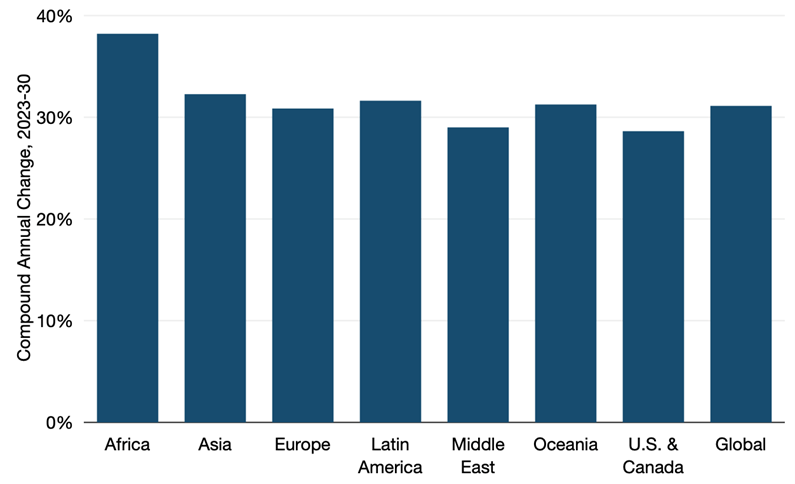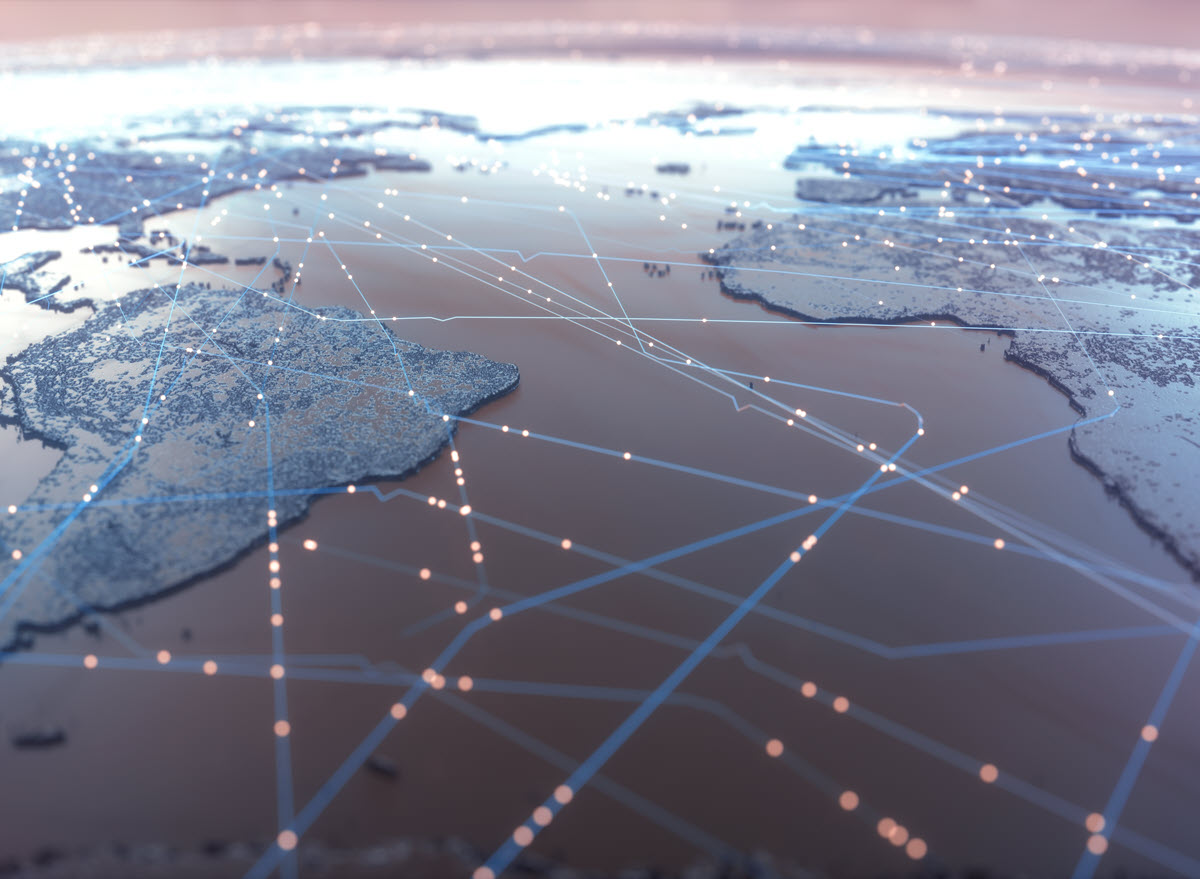The motto of the International Cable Protection Committee is “sharing the seabed and oceans in harmony.” The goal is to aid and promote submarine cable protection and resilience, but how is this achieved? Ciena’s Brian Lavallée explains.
What is the International Cable Protection Committee (ICPC)?
The ICPC was founded in 1958 and is the world’s leading organization in promoting submarine cable protection and resilience by providing a forum in which relevant technical, legal, and environmental information is exchanged among its members. The committee liaises with entities across the industry, governments, and academia to holistically understand submarine cables and the environments where they’re installed. About 98% of all submarine telecom cables are represented in the ICPC as are power cable owners, offshore renewables developers, cable ship owners, cable operators, cable manufacturers and other stakeholders. Government membership allows decision makers and regulators to engage with the industry and share technical expertise, especially around critical permitting processes, as they are key players associated with submarine cables.
The ICPC held their annual plenary session recently in Singapore with over 200 delegates from around the world with this year’s theme being “ensuring a connected future”. The plenary consolidates an enormous wealth of knowledge in one place that’s shared via presentations, panels, discussions, debates, and workshops. Figure 1 shows this year’s plenary attendees representing cross-industry stakeholders who design, deploy, operate, repair, retire, and even reclaim submarine cables.

Figure 1 – 2024 ICPC Plenary delegates
Submarine cables are critical infrastructure with no “Plan B”
As of early this year, there are 574 active and planned submarine cables spanning nearly 1.4 million kilometers worldwide, as per industry analysts at TeleGeography, carrying over 99% of all intercontinental communications using the latest in fiber-optic coherent optical transmission technology. It should be noted that there’s no alternative technology – no, not even the latest LEO satellite networks – that can compete with the security, economics, sustainability, and especially scalability, of modern submarine cables. This means the industry must continually advance technology, regulation, research, and protection of this critical infrastructure – precisely what the ICPC aims to achieve via cross-industry collaboration.
What causes submarine cable faults?
The seabed can be a hostile environment for power and telecom submarine cables. Although unpredictable natural disasters, like undersea earthquakes and landslides, can cause widescale damage, most submarine cable faults are due to humans, such a fishing net or anchor snagging submarine cables in the seabed, especially in shallower waters where cables to not buried or armored. We cannot regulate (or educate) Mother Nature, but we can regulate and educate people involved in marine activities such that they’re aware of nearby submarine cables and to take appropriate precautions.
The ICPC develops and maintains a suite of industry Recommendations targeted at the various lifespan stages of submarine cables, including conception, deployment, operations, maintenance, repair, and retirement. Recommendations serve as guides and best practices, but they’re not standards, as the ICPC isn’t a standards-setting organization. They enhance cable awareness, and to assist Members, the ICPC develops and distributes educational materials on the importance of submarine cables, their operational and environmental characteristics, their treatment under national and international law, and the many risks of damage to cables. The ICPC and its Members use these materials to engage with governments, other ocean industries (including fishing, shipping, offshore energy, and mining), and the public.
The ICPC engages in projects beneficial to the protection of submarine cables, like fundamental research projects with academia, and their global database of cable fault causes and average repair times that’s stimulated applied. Since governments play a major role in submarine cable networks, like the critical permitting process, the ICPC participates in the negotiation of oceans law treaties, advises Members on the treatment of cables under international law, and advocates for governments to adopt and implement their treaty obligations regarding submarine cable freedoms and protection.
Relentless technology innovation is in Ciena’s DNA
Ciena is a proud member of the ICPC. Why? Because we believe in the importance of submarine cables and their role as the jugular veins of intercontinental connectivity enabling the many socioeconomic benefits of broadband. For example, the World Bank and International Growth Centre held a 2022 joint conference that explored the ways infrastructure – including the underwater network of global submarine cables – can support positive economic development. Access to online technologies can enable productivity, expand the marketplace of both buyers and sellers in global markets, build worker skills and much more. This belief drives Ciena’s relentless technology and sustainability innovation used by cable operators worldwide to light up submarine cable capacity across all undersea routes around our planet. With no alternative to submarine cable coherent optical transmission, relentless technology innovation across our entire network industry is required if we’re to maintain pace with the unyielding and voracious demand growth of 31% worldwide – a doubling of capacity every 2.5 years – as shown below in Figure 2.

Figure 2 – Used international bandwidth growth by region (ref: TeleGeography, 1Q2024)
Do you want to help protect the socioeconomic importance of worldwide broadband? Then check out the ICPC website to better understand the role that this critical international committee plays in submarine cable protection and resilience.






